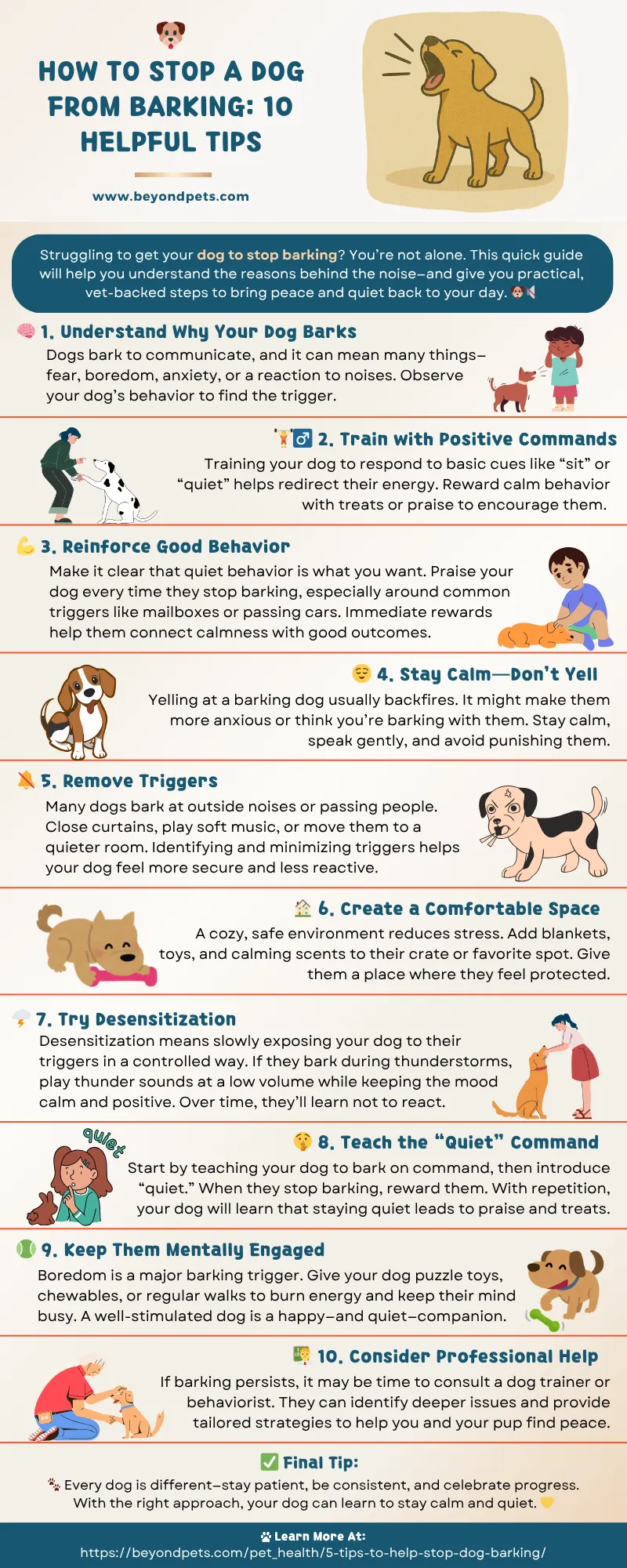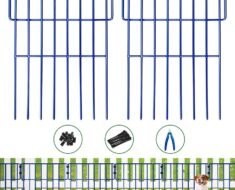Does your dog bark nonstop at animals on the TV? It can be frustrating and exhausting for you.
But there’s a way to help your furry friend stay calm and quiet. By using simple desensitization games, you can teach your dog to ignore those moving images and sounds. Imagine peaceful TV time where your dog stays relaxed. Keep reading to discover easy steps you can start today to stop barking at TV animals for good.
Why Dogs Bark At Tv Animals
Dogs often react to animals on TV because they see movement and hear sounds. These triggers can cause excitementor fear. The images may seem real to them, making dogs think there is a new animal nearby.
Some dogs bark to warn their owners or protect their space. Others may bark out of curiosityor confusion. The TV screen shows fast-moving animals and noises, which can cause a strong reaction.
Behavioral responses include barking, growling, or even jumping at the screen. This is a way to interact with what they think is real. Some dogs get anxious, while others try to play or chase the images.

Credit: www.puppyleaks.com
Basics Of Desensitization Training
Desensitization traininghelps dogs get used to things that scare them. It works by showing the trigger slowly, starting very mild. The dog learns there is no reason to bark or be scared. This is called gradual exposure.
Positive reinforcementmeans giving the dog a treat or praise when it stays calm. This helps the dog feel good and want to stay calm. The treats make learning fun and easy. Rewards should come right after good behavior.
Try to keep sessions short and gentle. Repeat often but stay patient. This way, the dog learns quiet and calmbehavior around TV animals. It takes time but works well.
Setting Up Desensitization Games
Choose TV shows or videos that have calm animalsand soft sounds. Avoid loud noises or fast movements that scare dogs. Start with short clips to keep your dog relaxed.
Make a quiet and comfortable spacefor your dog. Sit close with treats and toys to keep them calm. Turn the volume low so it does not startle your dog.
Watch your dog’s reaction. If they stay calm, give a treat. If they bark, pause and try again later. This helps your dog get used to the sounds without stress.

Credit: www.asahi-spoon.co.jp
Step-by-step Desensitization Process
Start with low-intensity sounds or imagesof animals on TV. Keep the volume very low. Show the dog a short clip and watch closely. Praise calm behavior and give treats. This helps the dog feel safe and less scared.
Gradually increase the volume and lengthof TV animal clips. Do this slowly, step by step. If the dog stays calm, reward it. If the dog shows stress or barks, return to a lower level. Patience is key here.
| Dog’s Reaction | What to Do |
|---|---|
| Calm and quiet | Give praise and treats, increase stimulus slightly |
| Alert but not barking | Stay at current level, reward calmness |
| Barking or stressed | Lower stimulus intensity, wait for calm |
Incorporating Rewards And Commands
Treatswork well to encourage calm behavior in dogs. Give a treat when your dog stays quiet during TV animal scenes. This helps your dog learn that silence brings rewards.
Use clear and simple commandslike “sit” or “stay” to redirect your dog’s attention. Praise your dog with a treat or gentle petting when it obeys.
Teaching alternative behaviorshelps replace barking. For example, train your dog to look at you or go to a special spot instead of barking. Reward this behavior consistently.
Short training sessions work best. Keep sessions fun and end on a positive note. This makes your dog more willing to learn and listen.

Credit: www.amazon.com
Common Challenges And Solutions
Overexcitementoften causes dogs to bark at TV animals. Keeping your dog calm helps a lot. Use short training sessionsto avoid overwhelming them. Praise quiet behavior to encourage calmness. Offer a favorite toy or treat to divert attention from the screen. Practice desensitization by showing less exciting images first. Gradually increase the intensity as your dog gets used to it.
Handling relapsesis normal in training. Some days your dog might bark more. Stay patient and consistent. Avoid punishing your dog, as it can increase stress. Return to easier steps in the training when this happens. Celebrate small successes and keep sessions short. Regular practice will lead to lasting improvement.
Additional Training Tips
Consistencyis key to help dogs stop barking at TV animals. Practice the desensitization games every day. Keep sessions short but regular. Patience helps dogs learn at their own pace. Avoid rushing or forcing them.
Combine desensitization with other training methods for better results. Use positive reinforcementlike treats or praise when the dog stays calm. Teach a “quiet” commandto control barking. Distract your dog with toys or commands when TV animals appear.
| Technique | How to Use It |
|---|---|
| Desensitization | Slowly expose dog to TV animals at low volume |
| Positive Reinforcement | Reward calm behavior with treats or praise |
| Quiet Command | Teach dog to stop barking on cue |
| Distraction | Use toys or commands to shift attention |
Frequently Asked Questions
How Do Desensitization Games Reduce Barking At Tv Animals?
Desensitization games slowly expose dogs to TV animal sounds and images. This reduces their alertness and barking over time. Consistent, gentle exposure helps dogs learn these stimuli are harmless, calming their reactions effectively.
What Are The Best Desensitization Games For Dogs?
The best games involve gradual exposure to recorded animal sounds. Start with low volume, reward calm behavior, and increase intensity slowly. Use treats and praise to reinforce quiet responses, making training enjoyable and effective.
How Long Does Desensitization Training Take For Barking Dogs?
Training duration varies by dog, but most show improvement in weeks. Consistency is key; daily short sessions yield faster results. Patience and positive reinforcement help dogs adapt and reduce their barking around TV animals.
Can Desensitization Games Prevent Barking At Other Triggers?
Yes, desensitization works for many triggers like doorbells or strangers. The process reduces sensitivity by gradual exposure and positive associations. This method helps dogs stay calm in various situations, improving overall behavior.
Conclusion
Preventing dogs from barking at TV animals takes time and patience. Use desensitization games to help your dog stay calm. Practice often and reward quiet behavior. Keep training sessions short and fun. Over time, your dog will learn to ignore animals on screen.
Stay consistent and gentle throughout the process. This approach builds trust and reduces barking naturally. Your dog will enjoy watching TV without reacting. Small steps lead to big improvements. Keep going—you and your dog will succeed together.





